Does (group) size really matter? – Heli-Skiing
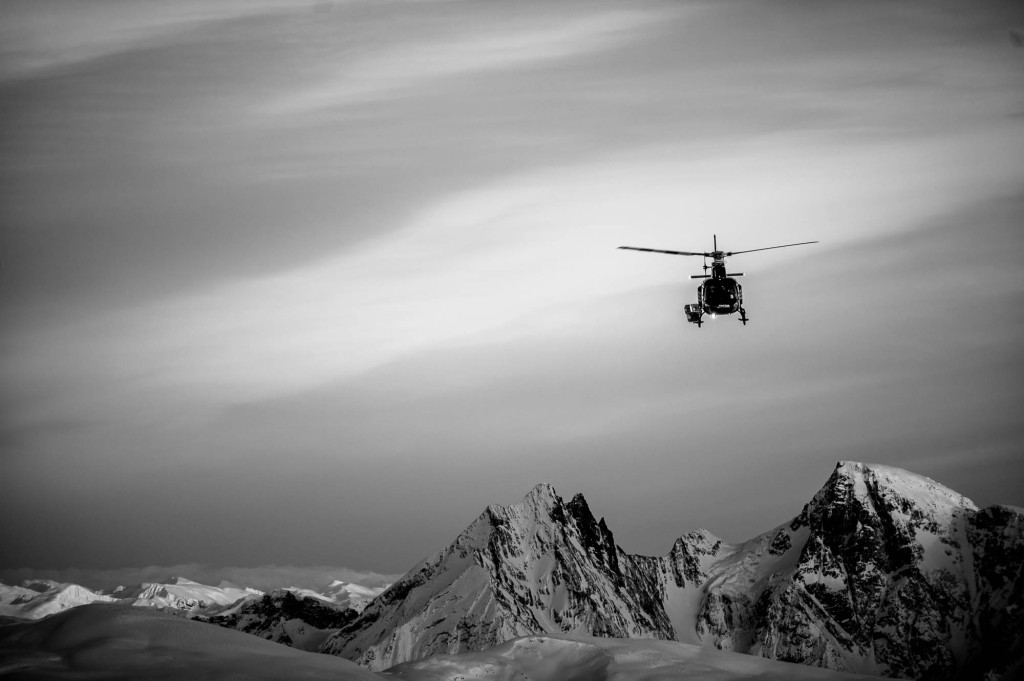
This week we are going to tackle the age-old question: Does size really matter? And of course we are referring to the size of your group when heli-skiing. As in many other “size” discussions, it is a matter of personal preferences. Some people prefer the smaller sizes while others prefer the other end of the scale, all for valid reasons. For this first Friday in March, let’s discuss the advantages of both small and large group/helicopter sizes.
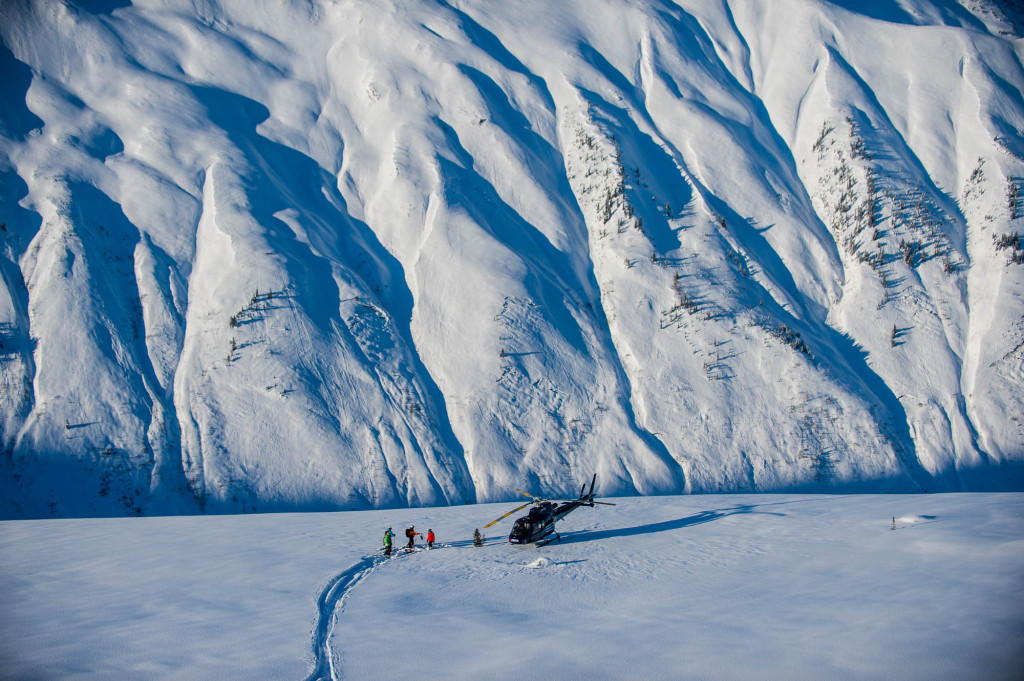
Advantages of Smaller Groups/Helicopters
The smaller the helicopter, the smaller the group – which in turn allows for a more exclusive and intimate experience for all those involved. Less people in the helicopter also means less stress on the mountain, and less waiting time for all of the members of your group at check points during your runs. Furthermore, the smaller the group, the easier it is for guides to form homogeneous groups with similar skiing and snowboarding abilities. Think about the last time you skied in a large group, and think about the group dynamics.
Small groups in small helis (such as our A-star B3) almost always get more runs per day than larger groups, which is due in large part to the fact that transition/pick ups are usually quicker and more efficient when less people are involved. The larger helicopters are usually shared between 3 groups of 10 or 11 people whereas the smaller helicopters (as we use here at Last Frontier Heli-Skiing) are shared between 3 groups of 4 or 5 people. As we all know, more people on the hill means more tracks per group, which in the big scheme of things limits the kind of terrain accessible in order to get fresh tracks all day long.
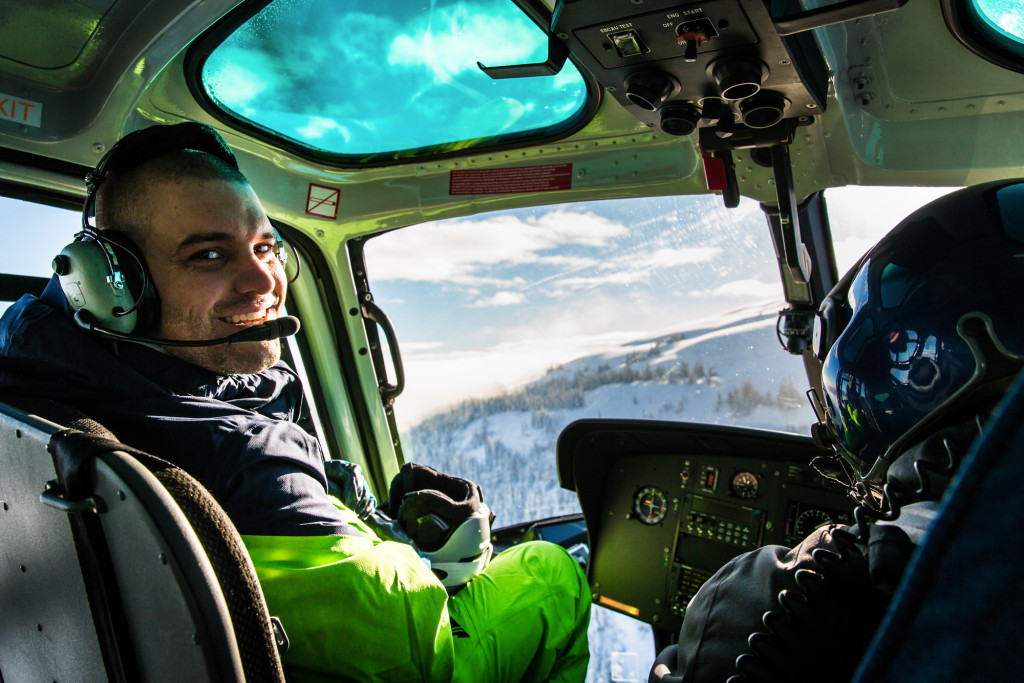
Smaller helicopters also have the ability to land safely in very tight terrain, which allows for efficient pick-ups and/or mid-mountain pick-ups if the snow isn’t in the best condition at the “bottom” of the official run. These smaller machines are also very maneuverable compared to the larger machines, which allows for tight and technical landings – notably on mountaintops and below the treeline. Fun fact, the A-star B3 is the only helicopter to have ever landed on top of Mt. Everest.
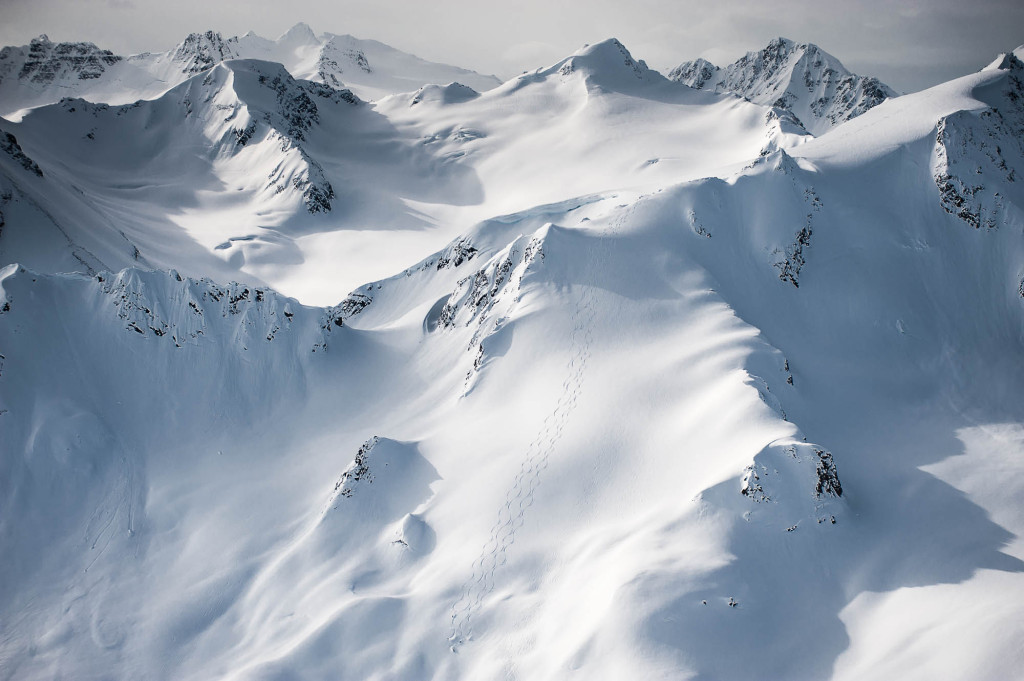
Advantages of Bigger Helicopters
Larger helicopters such as the Bell 212/412 are reliable workhorses and have been used in the heli-skiing industry for a very long time. From an operation’s standpoint, these powerful machines require less pilots and less helicopters per skier, which drives cost down, which in turn can mean cheaper heli-ski packages for guests. Due to the higher range of action in these helicopters, there are less potential fuel breaks throughout the day. On windy days, larger helicopters are less sensitive to the wind due to their strength and heaviness, which can be a boon to some guests that may get a little queezy during bumpy flights. With a larger amount of people in groups, the cultural experience can be very rewarding and can even have a historical connection for many guests (some of these larger helicopters are ex-military from the USSR.)
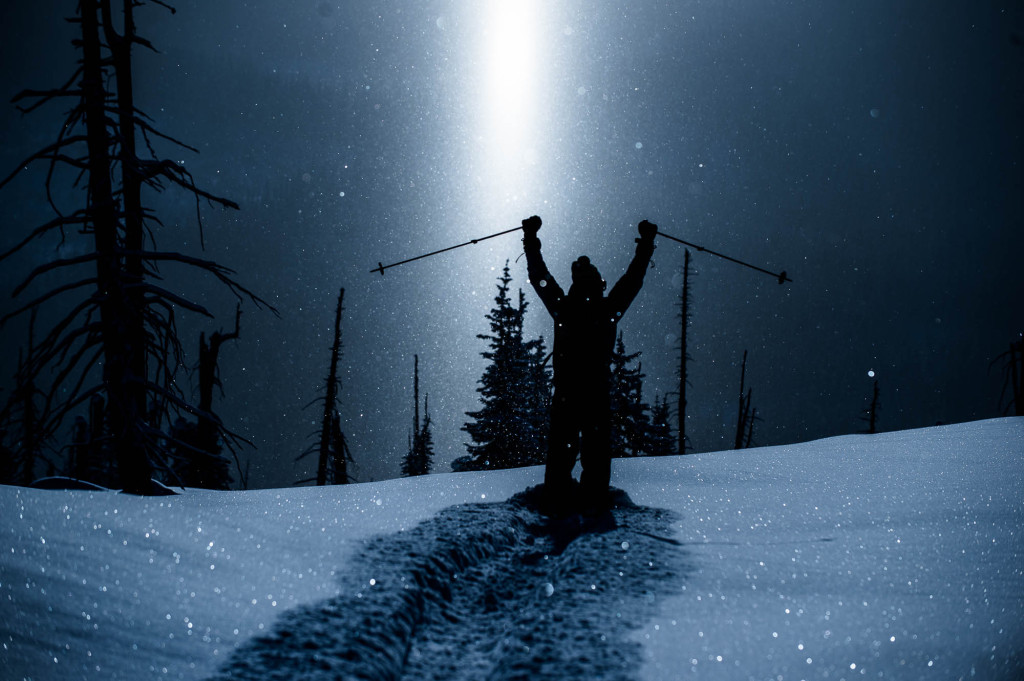
As you can see, size does matter, but both large and small group/helicopter sizes have their perks and their pitfalls. Bottom line; it is all about what type of heli-skiing experience you would like to have and how these advantages play a role in planning your next trip. And don’t worry, we won’t judge you on your size preference– because in the end, it’s what is done with that size that keeps bringing people back for more.


